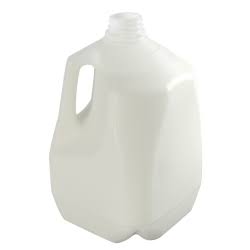- Joined
- Nov 26, 2013
- Messages
- 9,948
- Reaction score
- 24,191
THe beers I generally make, with yeast calc settings set kinda high (1-2 million per ml per deg Plato rather than 0.5), generally suggest 300 billion and I make 400 to save 100 for next starter. "Overbuilding" it is called.
You can indeed harvest from bottles of certain craft beers, the caveats being that you'll have to make several step up starters to get to even 100b, and the yeast they use to bottle condition might not be the yeast used to ferment.
You can indeed harvest from bottles of certain craft beers, the caveats being that you'll have to make several step up starters to get to even 100b, and the yeast they use to bottle condition might not be the yeast used to ferment.





















































![Craft A Brew - Safale S-04 Dry Yeast - Fermentis - English Ale Dry Yeast - For English and American Ales and Hard Apple Ciders - Ingredients for Home Brewing - Beer Making Supplies - [1 Pack]](https://m.media-amazon.com/images/I/41fVGNh6JfL._SL500_.jpg)





